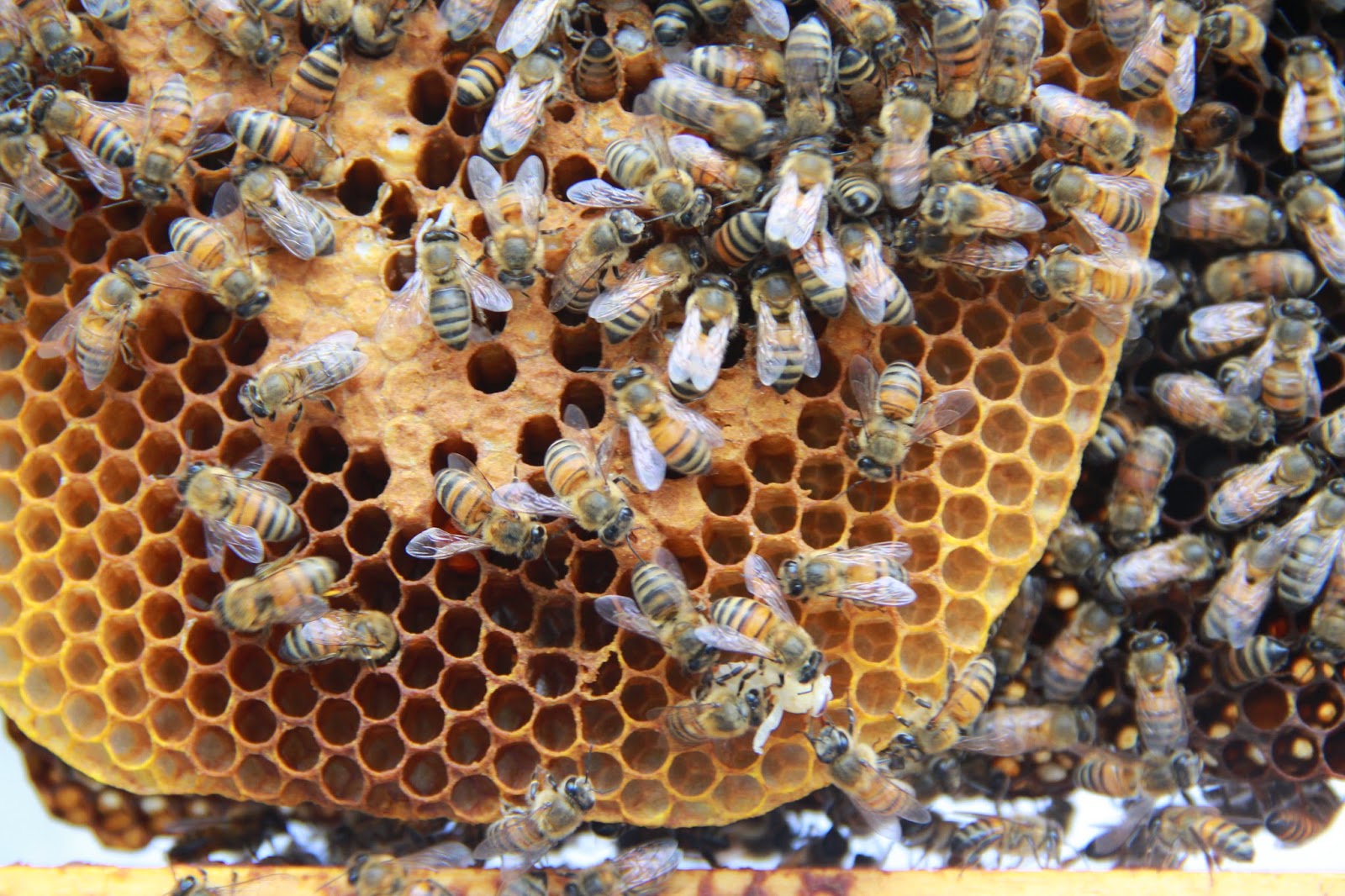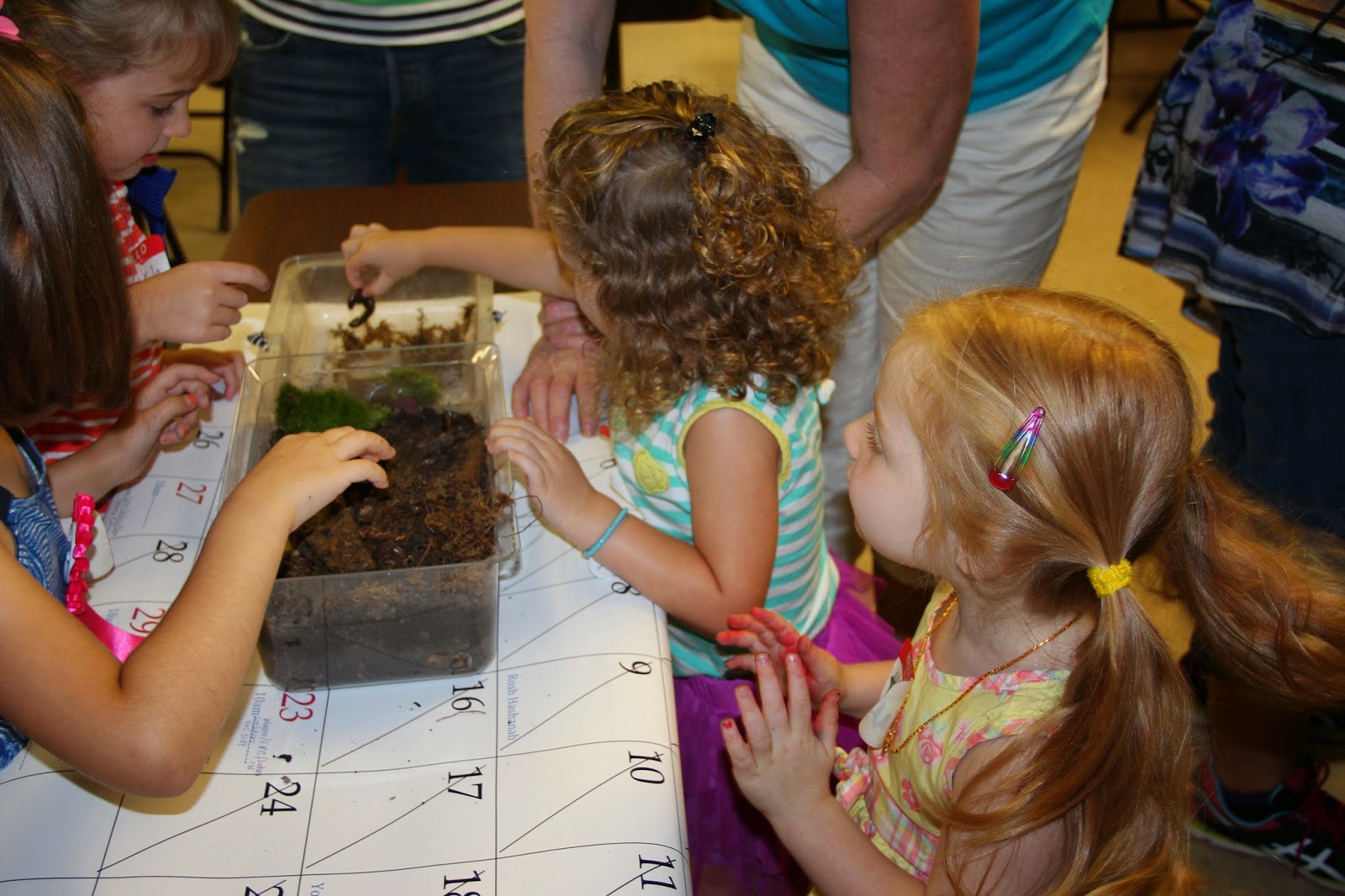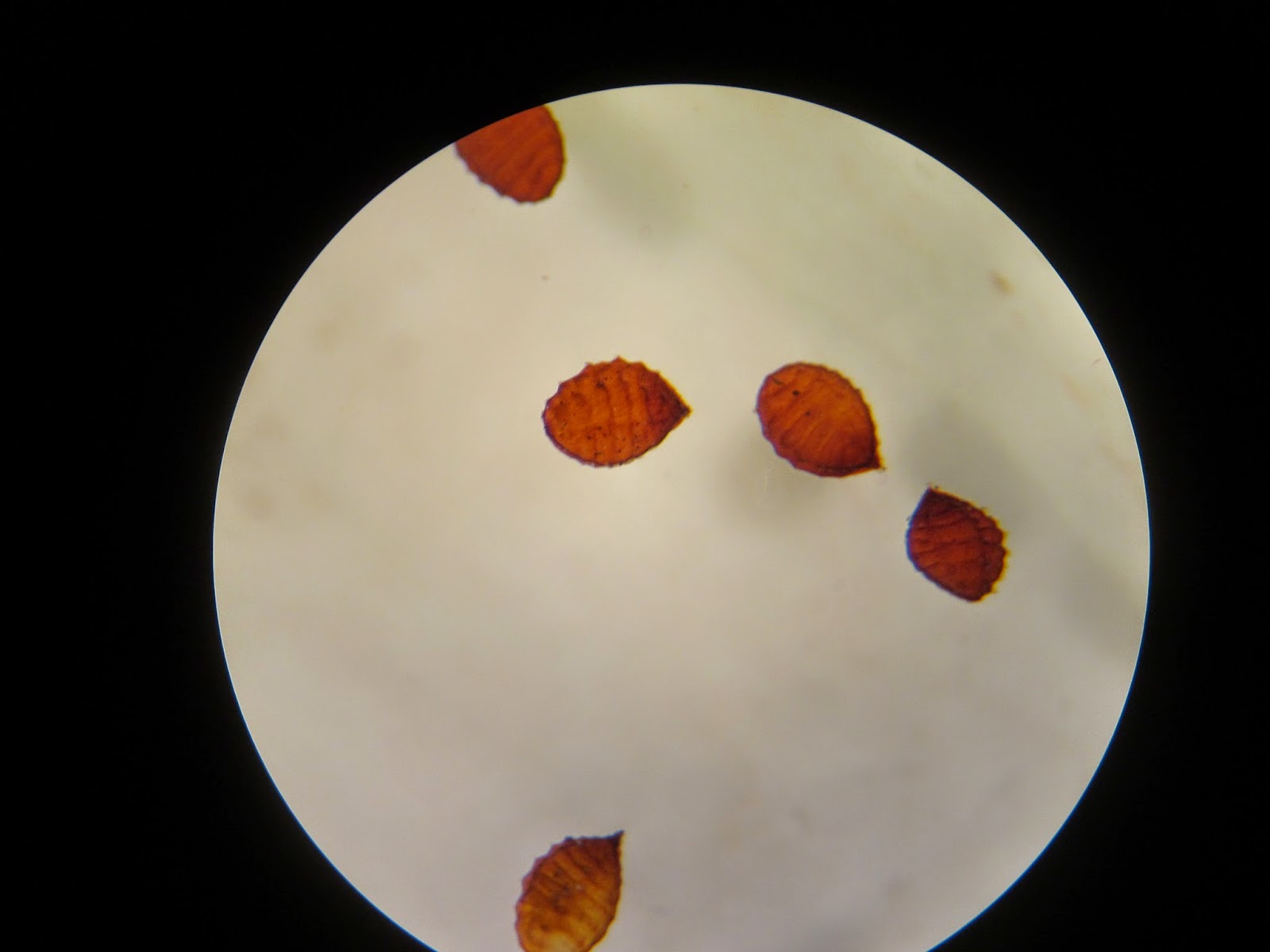Search This Blog
Questions about insects, spiders, scorpions or other creepy crawlers? Tune into this blog to learn about what's buggin' you!
Posts
Showing posts from 2014
Cool Things Happening in Extension!
- Get link
- Other Apps
If You've Ever Wanted to Grow Olives....
- Get link
- Other Apps
Where Have All the Honey Bees Gone? Hope for the Future.
- Get link
- Other Apps
30 Bugs Every Gardener Should Know
- Get link
- Other Apps
Need Help with Mosquito Control?
- Get link
- Other Apps
First Case of West Nile in Texas Confirmed, 2014
- Get link
- Other Apps
Something for everyone... even the youngest of entomologists
- Get link
- Other Apps
Little beetles coming through the windows
- Get link
- Other Apps
Managing Wildlife in Your Backyard Webinar
- Get link
- Other Apps
If Flowers are Restaurants to Bees, then What Are Bees to Flowers?”
- Get link
- Other Apps
Will Texans Soon Kiss Their Ash Goodbye?
- Get link
- Other Apps












